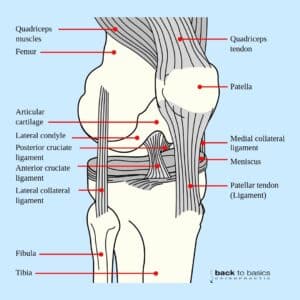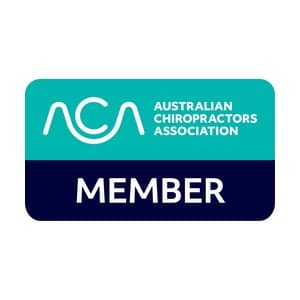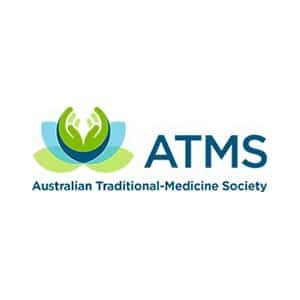It’s quite common to hear about ACL injuries, but what actually is it? And more importantly, how can you treat an ACL injury?
ACL refers to the anterior cruciate ligament that connects the thighbone to the shinbone. An ACL injury refers to the tear or sprain of that ligament.
How do ACL Injuries Occur?
ACL injuries most commonly occur during sports activities that involve:
- Suddenly stopping movement
- Suddenly slowing down and changing direction
- Pivoting with a firmly planted foot
- Landing from a jump in an awkward stance
- Collision with the knee
Hence, people who play sports such as soccer, basketball, and football, are more prone to ACL injuries. The risk of an ACL injury can also be exacerbated by wearing unsupportive/improperly fitted footwear, using poorly maintained sports equipment, playing sport on artificial turf, and using incorrect exercise patterns (e.g pointing your knees inward when you squat). Symptoms of an ALC injury will manifest as a popping sensation in the knee, knee pain or swelling, minimised mobility, and a feeling of instability, especially when carrying something heavy. An ACL injury can also place pressure on surrounding parts of the knee to compensate for the lack of stability within the knee. This may cause pain in your ankles, hips, or lower back.
The appropriate treatment for an ACL injury will depend on the severity of the tear or sprain. If you have a Grade 1 / low Grade 2 ACL injury, it can likely be treated through rehabilitation. A chiropractor can develop a comprehensive exercise plan to:
-
- Strengthen the core, hips, pelvis, and lower abdomen, to improve knee stability, especially when engaging in activities that place pressure on the knee (e.g. running, squats)
- Strengthen leg muscles to improve balance
- Improve exercise technique (e.g. not turning your knees inward when squatting, how to properly pivot, etc
Can A Chiropractor Help With An ACL Injury?
A chiropractor can also administer treatment such as soft tissue release of tight surrounding muscles, as well as adjustments of the ankle, hip and lower back. This can help alleviate pain, restore knee motion, and speed up the overall healing process. A high Grade 2 / Grade 3 ACL tear may require surgery.
It is pivotal you seek advice from a medical professional as to the Grade diagnosis of your ACL injury, and the most appropriate treatment for its severity. If it is advised you should seek chiropractic care, and you would like to book a consultation with one of our chiropractors, please click here, or contact us on (02) 9588 7000.
How is an ACL injury diagnosed?
Doctors typically use a combination of physical exams, MRI scans, and sometimes X-rays to diagnose ACL injuries.
Can an ACL injury heal on its own?
No, an ACL injury cannot heal without intervention. Treatment options vary based on the severity of the injury and the patient's lifestyle.
What treatments are available for ACL injuries?
Treatment may include rest and rehabilitation exercises. In severe cases, surgery might be necessary to repair the ligament.
How long does it take to recover from an ACL injury?
Recovery time varies. It can range from several months to over a year, depending on treatment and rehabilitation efforts.
Can ACL injuries be prevented?
Preventive measures include strengthening leg muscles, practicing proper techniques in sports, and using supportive gear.
What is the long-term outlook for someone with an ACL injury?
With proper treatment and rehabilitation, most people return to their normal activities. However, it's crucial to follow medical advice closely to reduce the risk of further injury.





